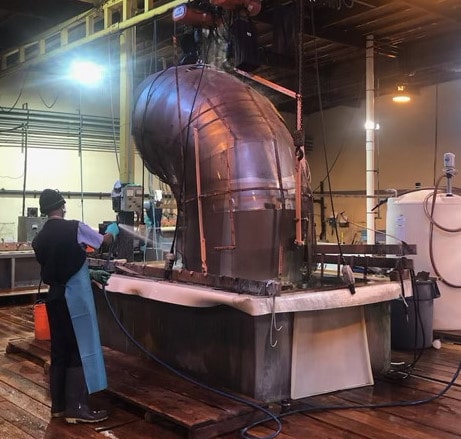Large Vessels
With processing tanks up to 24 feet long, Electromatic can accommodate large chambers, tanks and pipes. For even larger sizes the vessel itself can be used as the containment for I.D. electropolishing.
Pipes
Electropolishing the interior surface of pipes increases smoothness and reduces pitting, which improves the flow of liquids and gases. We electropolish the I.D. and O.D. of pipes of all sizes. Past projects include pipes 48 inches in diameter and 30 feet in length.
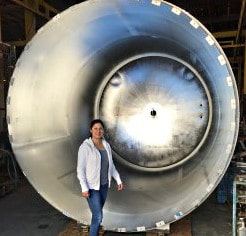
Tubes
Electromatic has developed a technique for electropolishing the I.D. of tubes with diameters as small as 0.050”. This has many medical applications.
Miniature Parts
By using our custom racks we can individually electropolish extremely small parts effectively as well as economically.
Long or Short Runs
We welcome jobs of all sizes. A large inventory of specially built racks makes it possible to undertake high quality, economical processing of single pieces or large quantities.
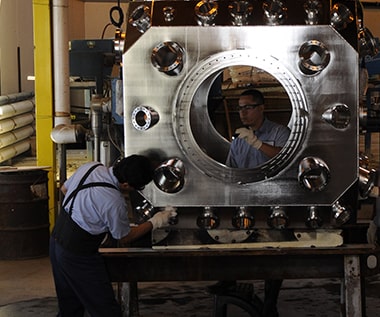
Critical Parts
Electromatic provides special treatment and packaging necessary to meet the most stringent requirements.
Corrosion Testing
By maintaining an in-house laboratory equipped with salt-spray and high-humidity test cabinets, Electromatic offers prompt corrosion testing with certification to ASTM A967 (which supersedes Federal Specification QQ-P-35), ASTM B-117 or other specifications.
"RM" Electrolytes
Although electropolishing can be accomplished in many different chemical baths, the choice of electrolyte is of prime importance. Over the years Electromatic has developed proprietary “RM” electrolytes for specific metal alloys, and these have proved unsurpassed in producing fine, uniform finishes.
Roughness Measurement
Various ratings are used in the measurement of surface roughness, but Ra expressed in microinches is the universally accepted parameter. Ra is the arithmetic mean of the deviations of the roughness profile from the mean line. Profilometer testing and certification is available for measuring and recording the surface roughness (Ra in µin or µm) in tubing and other components where surface smoothness is critical.
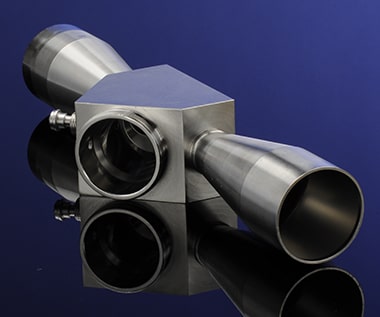

Environmental Concerns
A waste treatment program is in place to process the hazardous residue of the electropolishing process. Not only is Electromatic in strict compliance with all applicable EPA and local regulations, but for environmental, as well as economic reasons, all of the metal-bearing waste is recycled.
Certification
Certifications of compliance to applicable manufacturers’ specifications or to our own Electromatic 7-2 specification are supplied at no extra charge. Also available from our laboratory is certification for salt spray, high humidity and copper sulfate corrosion testing.
Experience
Delivery Time
The average turnaround time is three days after receipt of material. Expedited service is available on request.
Quotations
Send us a blueprint or sketch for a prompt price quotation. We will also gladly run a sample for your evaluation at no charge.
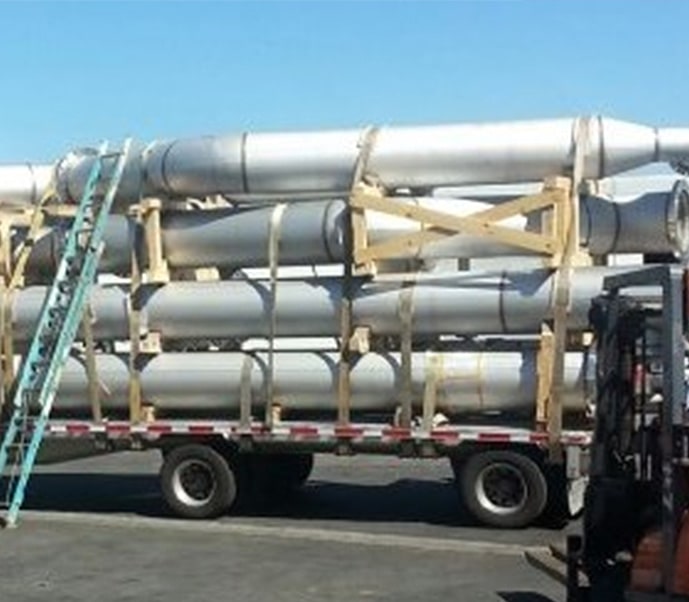
Critical Processing
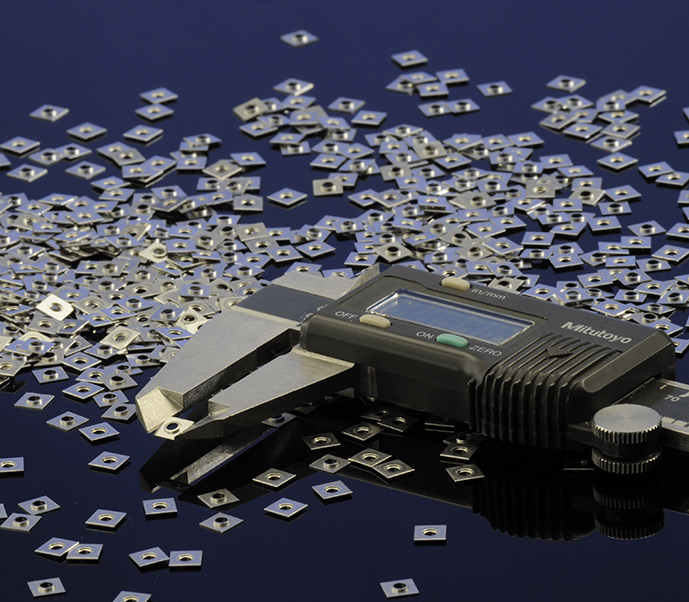
New technology has created a demand for more proficient electropolishing. Methods used in the past no longer meet the criteria set by industries that require high purity, such as the manufacturers of semiconductors, vacuum systems, medical devices and food-processing equipment. Electromatic has cooperated with many component manufacturers to achieve results leading to qualification and acceptance of their products for UHP applications.
UHP Applications
From the in-depth experience gained in UHP component processing, Electromatic can assist manufacturers in other high-tech industries achieve outstanding results.
Vacuum: In the manufacture of high vacuum chambers used for vacuum deposition and scientific research, our processes can produce surfaces with very low outgassing profiles. This enables the final system to pump down to 10-7 Torr three to five times faster than if the surface were not treated.
Medical: Electropolishing is widely used for the equipment and surgical tools used in the medical and dental professions. The Electromatic UHP Process particularly applies to bodily invasive devices such as ear, dental, joint and bone implants, where super-clean, inert, non-pitted surfaces are a necessity.
Pre-Coating: When parts require special coating, the UHP Process provides a means for microsizing to close tolerances, and at the same time producing a surface free of contaminants that inhibit adhesion. Electromatic has used this technique effectively as a pre-treatment for polymer coatings that must guarantee a 25-year life to components in the propulsion and cooling systems of the International Space Station.
Quality
Electromatic is committed to maintaining the highest standard of quality through implementation of a comprehensive quality control system in compliance with AS9100 and ISO9002 quality standards. Electromatic is qualified as an approved source by leading manufacturers in the aerospace, semi-conductor, biomedical, and other industries.
As part of our quality system our solutions are monitored continuously to maintain specified standard ranges. Our calibration system is all traceable to NIST. Traceability of each part is accounted for from beginning to end by computer-generated processes. To ensure that all customer requirements are met, the work instructions include all contract and process specification requirements.
Every employee is part of the quality process and provides exceptional service from receiving to delivery. We are dedicated to meeting and exceeding customer expectations.
